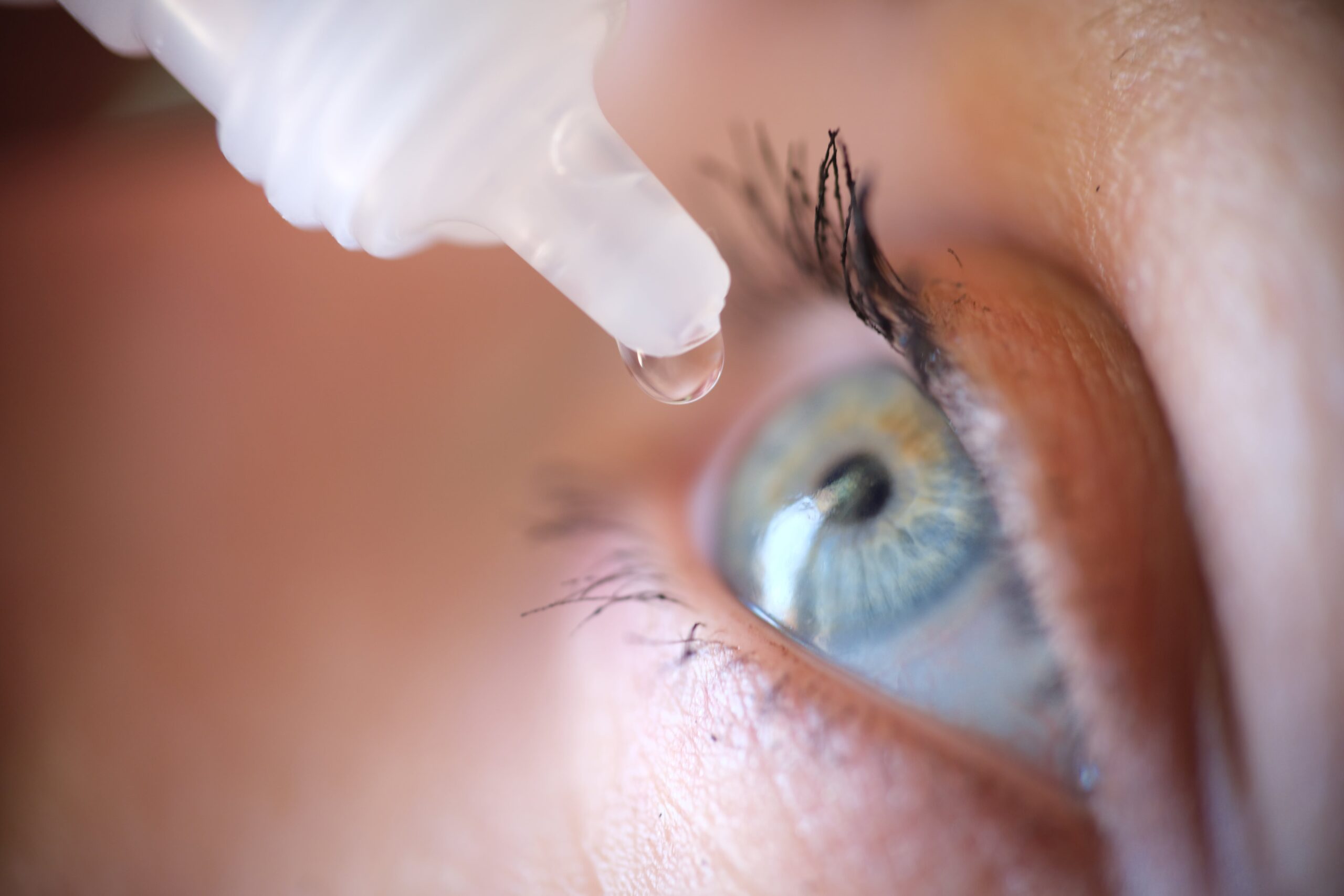
Health News
Features
-
Talking to your teen can make a difference
New Data Reveals Teen Pregnancy Rates Have Fallen in Polk County For the past decade, the teen pregnancy rate in Polk County has been among the top in Florida, but the latest figures show the rate has dropped. “Community partnerships and civil dialogue has worked to lower teen pregnancy,” says Dr. Daniel Haight, director of…
-
Kicking the smoking habit for good
A resolution easier said than done, but not impossible With the holidays behind us, we stand at the threshold of another New Year. In an effort to improve our lives over the next 12 months, we’ll make resolutions that if achieved would make a difference for the better. If yours is to get healthy, fantastic!…
-
When less is more in exercise
How to boost the health benefits of your workouts It’s easy to fall into the routine of walking or jogging at the same pace every time. But to get the most of our exercise regimen, we need to challenge ourselves. “The number one thing to do is to increase the intensity that you work out…
Columns
-
Understanding Abdominal Aortic Aneurysm
An aneurysm is a weakening or dilatation in a part of an artery. About 15,000 people die of ruptured abdominal aortic aneurysm (AAA) every year in the U.S. About 200,000 new cases of AAA are diagnosed every year. Most of these are diagnosed by tests that are done for unrelated reasons. The aorta is the…
-
A Guide to Over-the-Counter Artificial Tears for Dry Eye
by Chelsea Hollier, O.D. Dry eye disease, also known as Keratoconjunctivitis Sicca, is a prevalent condition characterized by insufficient tear production (aqueous deficient dry eye) or poor tear quality (evaporative dry eye). It affects millions worldwide, leading to discomfort and irritation. Fortunately, over-the-counter (OTC) artificial tears provide relief and aid in managing symptoms. Dry eye…
-
3 Options for Thoracic Aortic Aneurysm Management
In the previous two columns, I discussed aneurysms that occur in the aorta situated in the chest cavity. In this article, I will explain the various types of treatment options available for those thoracic aortic aneurysms. In general, outcomes favor endovascular repair over open repair as open repair is associated with higher rates of morbidity…



